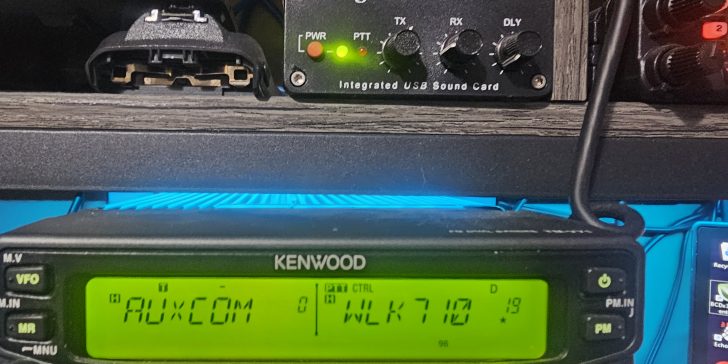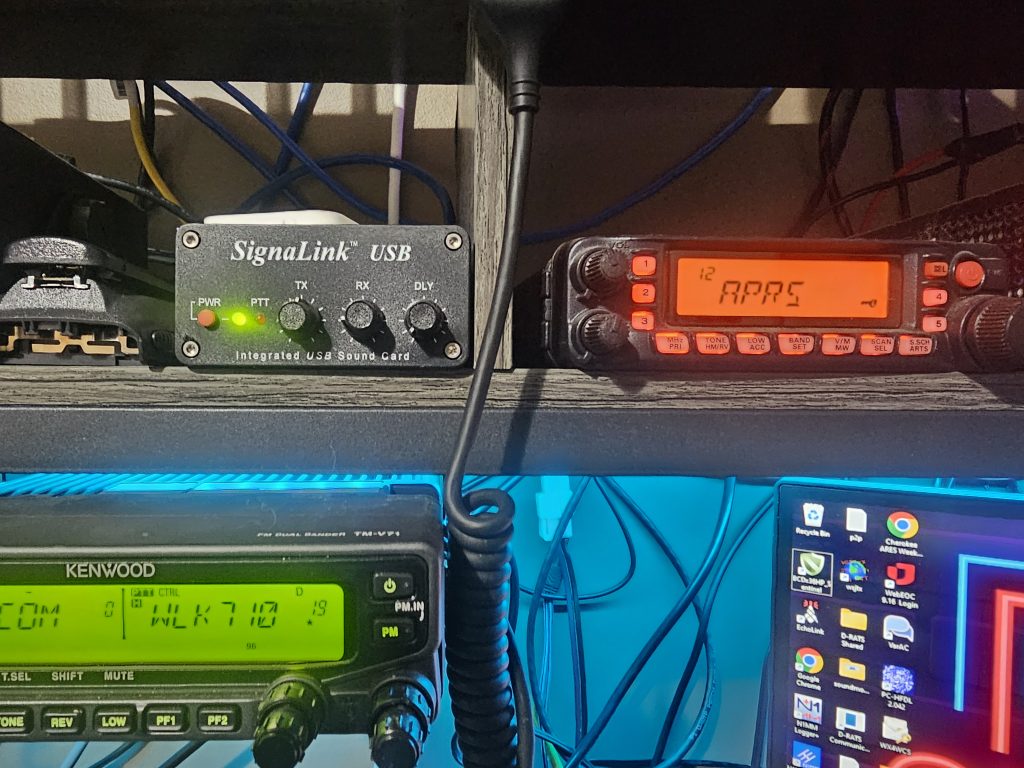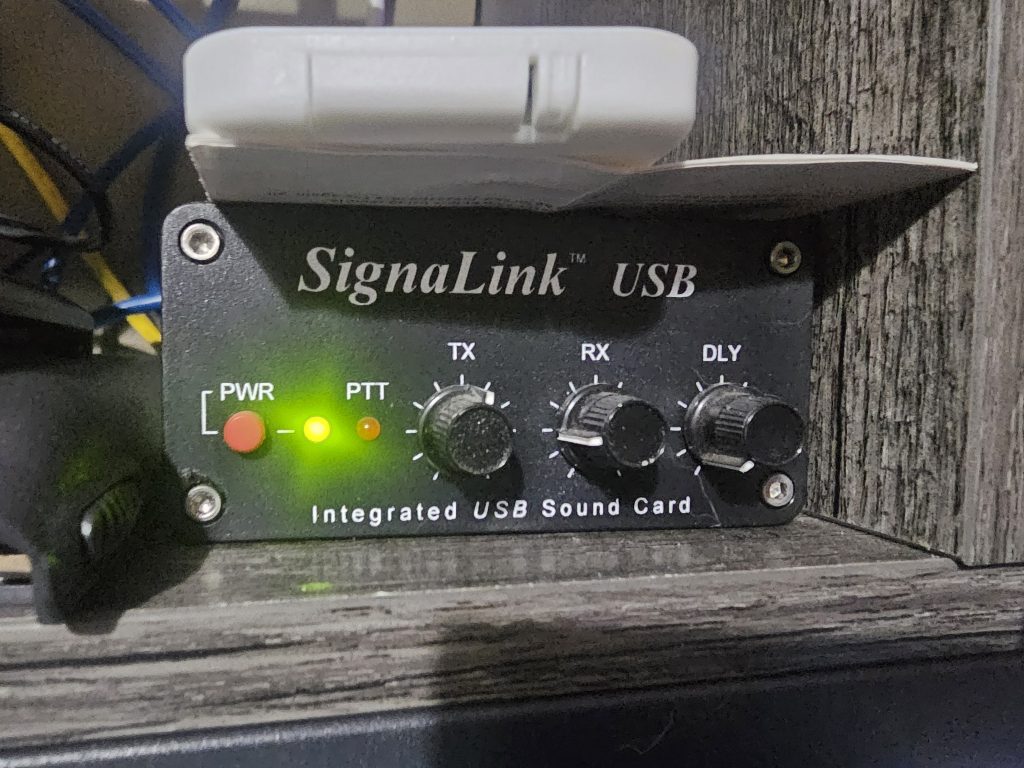
In the digital age, ham radio continues to evolve with new ways to communicate and share data. While we’ve added new digital modes such as FT8, one of the most versatile methods for sending information across distances without relying on the internet is still packet radio. This technology enables ham radio operators to send and receive digital data packets, offering a reliable form of communication for message relays, emergency use, and experimentation.
What is Packet Radio?
Packet radio is a form of digital communication that allows ham radio operators to transmit data in small packets over radio frequencies. Much like sending an email or message over the internet, these packets are broken down into smaller chunks, sent over the airwaves, and reassembled by the receiving station. Packet radio can be used for text messaging, file transfers, and even connecting to bulletin board systems (BBS) for message relays.
Originally developed in the 1970s, packet radio has found a niche in both daily communications and emergency preparedness due to its ability to transmit data efficiently, even in poor signal conditions.
Why Use Packet Radio for Message Relays?
Packet radio offers several advantages over traditional voice communications, especially in scenarios where clear, concise data transmission is required:
- Reliability: Packet radio is more reliable than voice communication in weak signal environments. Since data is sent in small packets, the system automatically corrects for errors and re-sends data if needed.
- Efficiency: Packet radio may allow you to send more information in less time compared to voice communication, especially in cases where data is structured in a particular format, making it ideal for message relays or sending updates in emergencies.
- Automation: Unlike traditional ham radio conversations that require constant attention, packet radio can be automated, enabling operators to send and receive messages without having to monitor transmissions at all times. That said, to keep within regulations, the operator should still have a way of physically intervening or remotely terminating transmissions.
Equipment You’ll Need to Get Started with Packet Radio
Setting up a packet radio station is relatively simple, and many ham operators may already have some of the necessary components. Here’s a basic list of what you’ll need:
- Transceiver: Any VHF or UHF radio capable of transmitting and receiving signals will work. I’ve seen packet stations built out of cheap Baofeng radios with VOX enabled, and I’ve seen packet stations using the latest and greatest in modern ham radio equipment. I personally use the Kenwood TM-V71, using it’s built-in sound card and a software TNC (see below). For APRS in particular, I use a Yaesu FT-7900 routed through a Signalink, again with a software TNC.
- Terminal Node Controller (TNC): The TNC acts as an interface between your radio and your computer. It converts digital data into audio signals that can be transmitted over the air. Popular TNC models include the Kantronics KPC-3 Plus or the MFJ-1270X. Alternatively, you can use a software TNC, like Dire Wolf, if you want to bypass hardware.
- Computer: You’ll need a computer to connect to the TNC. The computer is used to send, receive, and decode the digital packets. Any basic desktop or laptop running a packet radio program will suffice. Software such as Outpost Packet Manager or AGW Packet Engine is often used to manage packet transmissions.
- Antenna: A good antenna is critical for clear packet radio communications. For VHF/UHF, consider using a vertical or omni-directional antenna like the Comet GP-3 or Diamond X30.

How to Build and Use a Packet Radio System for Message Relays
Now that you have your equipment, let’s walk through the process of building and using a packet radio system to send and relay messages.
- Set Up Your Transceiver and Antenna: Install your transceiver and antenna just as you would for any ham radio station. Ensure that your transceiver is capable of tuning into local packet radio frequencies (for example 144.39 MHz is used in North America for APRS packet).
- Connect Your TNC and Computer: If you’re using a hardware TNC, connect it to your transceiver via the audio input/output ports. Then, connect the TNC to your computer via serial or USB. If using a software TNC like Dire Wolf, install the software and connect your transceiver directly to your computer’s sound card, or through an intermediate soundcard like a SignaLink.
- Install Packet Radio Software: Install the packet radio software of your choice. Outpost Packet Manager and AGWPE are popular choices, but many operators also use Winlink Express for email-like messaging via packet radio. For APRS, many operators use APRSISCE/32, PinPoint APRS, or YAAC. Configure your software to communicate with the TNC or sound card and set the parameters for your station (call sign, frequency, etc.).
- Tune into Local Packet Frequencies: Depending on your location, packet frequencies may vary. In the U.S., 144.39 MHz is widely used for APRS (Automatic Packet Reporting System) and message relays. Make sure your transceiver is set to the correct frequency.
- Test Your Setup: Try sending a test message to a local node or BBS to ensure your setup is working. This will verify that your transceiver, TNC, and computer are communicating properly and that your messages are being transmitted.
- Relay Messages: One of the most useful applications of packet radio is in message relays. Many packet radio stations are set up to act as relay points, automatically forwarding messages from one station to another until they reach their destination. You can join these networks or set up your own by enabling digipeater functionality on your TNC or software.
Use Cases for Packet Radio in Message Relays
Packet radio isn’t just for experimentation—it can be a crucial tool in real-world applications. Here are a few scenarios where packet radio excels:
- Emergency Communications: In disaster situations where the internet and phone networks are down, packet radio can provide a resilient way to send messages for emergency responders or coordinate relief efforts.
- Amateur Radio Contests: Some contests allow or even encourage the use of digital modes like packet radio to transmit contest information and scores in real time.
- Remote Messaging: Ham operators in remote areas or during outdoor expeditions can use packet radio to send and receive email-like messages when traditional communication methods are unavailable.

Conclusion
Building and using a packet radio system for message relays is a great way to enhance your ham radio capabilities and explore the world of digital communications. Whether you’re interested in using packet radio for emergency preparedness, sending messages to far-flung operators, or just exploring new technology, packet radio offers a versatile and reliable method of data transmission. With the right equipment and setup, you can be part of a network that relays vital information without relying on traditional internet infrastructure.
